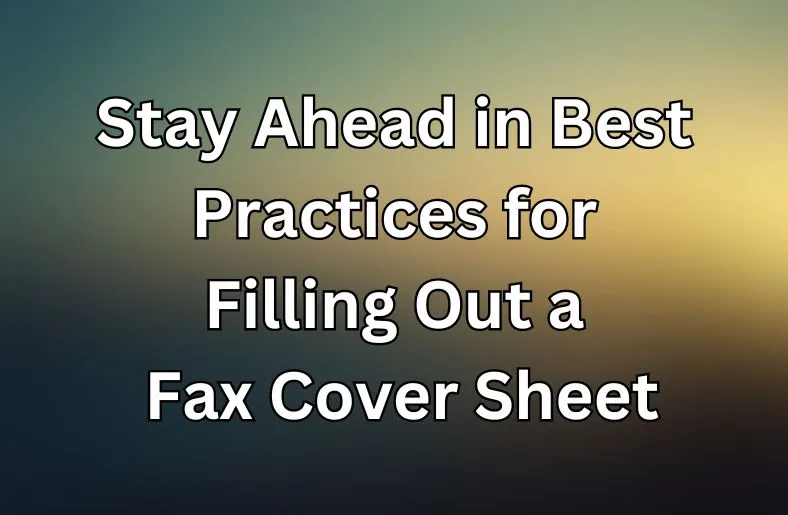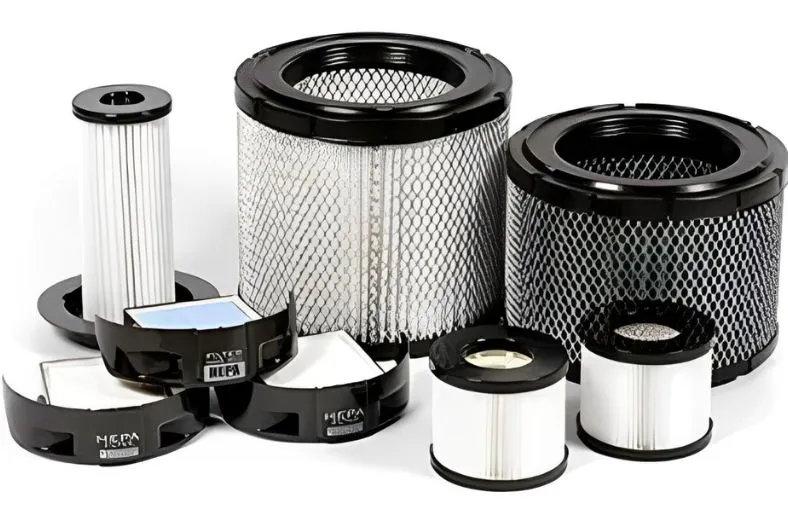What is a Fax Cover Sheet?
A fax cover sheet is an essential document that precedes the fax message, providing key information about the sender, recipient, and the nature of the fax contents. Acting as an introductory page ensures that the fax reaches the correct individual and serves as a point of reference for the recipient.
Typically, a fax cover sheet will include details such as names, contact information, and a brief description of the fax content. This preliminary overview not only aids in immediate recognition but also facilitates organized handling of documents, especially in busy office environments.
Why You Need a Fax Cover Sheet
There are several critical reasons why a fax cover sheet is indispensable. Firstly, presenting an organized and structured front adds professionalism to your communication. Knowing how to fill out a fax cover sheet properly can turn an ordinary fax into a professional document that commands respect and attention.
Secondly, it enhances confidentiality, which is crucial in an era where data security is paramount. In workplaces where multiple individuals may handle incoming faxes before reaching the intended recipient, a cover sheet indicates whom the fax is intended for, minimizing the risk of unauthorized access.
Moreover, a fax cover sheet provides clarity and context. Outlining the purpose, urgency, and contents of the fax helps the recipient prioritize and address the fax appropriately.
This is especially important when sending time-sensitive or critical information, as the cover sheet can emphasize the urgency and required actions. Overall, a fax cover sheet serves as a professional and informative guide that enhances the efficiency and security of fax communications.
Types of Fax Cover Sheets
Various types of fax cover sheets exist to cater to different requirements and situations. The Standard Cover Sheet is the most widely used type suitable for general communication. It typically includes basic details about the sender and recipient and a concise description of the fax content.
The Confidential Cover Sheet is designed for sensitive or private information. It usually carries a confidentiality notice, signaling that the intended recipient should only view the contents. Such cover sheets are essential when transmitting documents requiring privacy, such as medical or legal documents.
On the other hand, the Urgent Cover Sheet highlights the immediate need for attention. This cover sheet type often features prominent labels or markings that quickly grab the recipient’s attention, ensuring the fax is reviewed and acted upon immediately. Using the appropriate fax cover sheet type ensures that your communication is received and processed in line with its importance and sensitivity.
Essential Elements of a Fax Cover Sheet
A practical fax cover sheet must contain certain key elements to provide all necessary information at a glance:
- Sender’s Information: This includes the sender’s name, company name, and contact details such as phone number and email address. This information lets the recipient know who has sent the fax and how to get in touch if necessary.
- Recipient’s Information: Similar to the sender’s details, this involves the name of the intended recipient, their company name, and their contact information. Ensuring accurate recipient details helps in preventing misrouting.
- Date and Time of Transmission: Recording when the fax was sent provides a timeline that can be referred to, especially in legal or official communications.
- Total Number of Pages: Including the cover sheet, knowing the total number of pages helps the recipient confirm that no part of the fax is missing.
- Comments or Special Instructions: Additional notes or instructions can be provided in this section. This might include any special handling instructions, the urgency of the fax, or follow-up actions required.
How to Create a Professional Fax Cover Sheet
Step-by-Step Guide:
- Open a New Document: Use a word processing software like Microsoft Word or Google Docs to start a fresh document. This approach offers a clean slate, allowing you to lay out all necessary elements properly.
- Layout Elements: Structure the document to include sections for the sender’s information, recipient’s information, date, number of pages, and any comments or special instructions. Leveraging pre-made templates can simplify the process, ensuring all crucial details are included.
- Input Information: Carefully fill in the relevant information, paying close attention to names, addresses, and contact details. Incorrect data can lead to miscommunication or delays, so accuracy is paramount.
- Check for Errors: Proofread the document thoroughly to catch any mistakes or omissions. Typos or incorrect information can compromise the fax’s professionalism and effectiveness.
- Save and Print: Save the document on your device for future reference and print a hard copy if needed. This ensures you have a record of the cover sheet for consistency and future use.
Common Mistakes to Avoid
Although creating a fax cover sheet might appear straightforward, common pitfalls can undermine its effectiveness:
- Incomplete Information: Omitting vital details such as the recipient’s name or contact information can result in misrouted faxes or delayed responses. Always double-check to ensure all necessary information is included.
- Unclear Instructions: Vague or ambiguous instructions can confuse, affecting the recipient’s ability to act on the fax’s contents appropriately. Ensure any instructions or comments are clear and precise.
- Poor Formatting: The layout should be clean and professional to make the information easy to read.
Best Practices for Sending Fax Cover Sheets
Adhering to best practices can significantly enhance the effectiveness of your fax cover sheets:
- Use Professional Fonts: Choose easy-to-read and professional fonts, avoiding overly decorative styles that can make reading difficult.
- Double-Check Recipient Information: Verify all recipient details are correct to prevent misrouting. Incorrect recipient information can cause delays, especially for urgent or important communications.
- Confirm Receipt: Following up to confirm that the fax was received successfully is advisable.
Conclusion
Fax cover sheets ensure clarity, professionalism, and confidentiality in your fax communications. Including all necessary information and avoiding common mistakes ensures your faxes are received and processed efficiently.
The proper use of fax cover sheets brings organization to your communication and enhances the overall perception of your professionalism. Whether sending routine documents or critical information, mastering the art of creating and using fax cover sheets is crucial for effective and reliable business communication.





